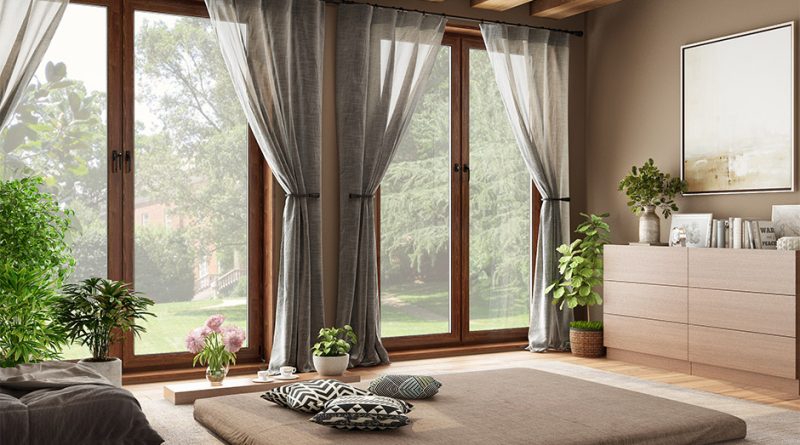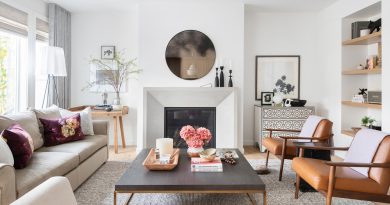Creating a Zen and Organized Meditation Room
Creating a Zen and organized meditation room provides a tranquil and harmonious environment for your meditation practice. Here are some tips to help you design a serene and well-organized meditation space:
- Choose a Quiet and Peaceful Location: Select a room or corner in your home that is away from noise and distractions. Ideally, choose a space with natural light and good ventilation. If possible, incorporate elements of nature, such as a view of plants or a garden, to enhance the calming atmosphere.
- Declutter and Keep It Minimal: Clear the space of any unnecessary items and clutter. A minimalist approach helps create a sense of calm and promotes focus during meditation. Only keep essential items in the room, such as a meditation cushion, mat, or chair.
- Opt for Soft and Natural Colors: Choose soft and neutral colors for the walls, floor, and furnishings. Light and natural colors like white, beige, light blue, or soft green create a soothing and peaceful ambiance. Avoid bright or harsh colors that may be distracting.
- Create a Comfortable Seating Area: Select a comfortable meditation cushion, mat, or chair that supports your preferred meditation posture. Ensure that the seating arrangement promotes proper posture and allows you to sit comfortably for extended periods. Consider using a small side table or shelf to hold any meditation accessories you may use, such as candles or incense.
- Include Natural Elements: Incorporate natural elements in your meditation room to create a grounding and serene atmosphere. Place indoor plants, rocks, or a small water feature to connect with nature and promote a sense of tranquility. Just be mindful of any maintenance requirements for the plants you choose.
- Control the Lighting: Allow natural light to fill the room during the day by using sheer curtains or blinds. If privacy or excessive sunlight is a concern, consider using translucent window coverings. Install dimmer switches or use lamps with soft, warm lighting to create a calming ambiance during evening or nighttime meditation sessions.
- Use Aromatherapy: Consider using essential oils or incense to enhance the sensory experience and promote relaxation. Choose scents like lavender, sandalwood, or frankincense, which are known for their calming properties. Use a diffuser or incense holder to disperse the fragrance gently.
- Create a Focal Point: Designate a focal point in your meditation room to help anchor your attention during meditation. It could be a small altar with meaningful objects, a piece of artwork, or a simple candle. This focal point can serve as a visual guide or a point of focus during your practice.
- Maintain Organization: Keep the meditation room tidy and organized to promote a sense of peace and clarity. Use storage solutions such as baskets or shelves to store meditation cushions, blankets, or other props when not in use. Avoid overcrowding the space with unnecessary items.
- Personalize the Space: Add personal touches to make the meditation room feel inviting and reflective of your own spiritual or mindfulness practice. Display items that hold personal significance, such as photographs, meaningful quotes, or spiritual symbols. These elements can inspire and support your meditation practice.




